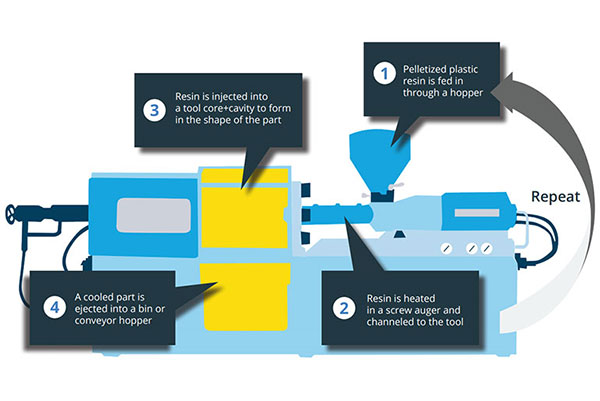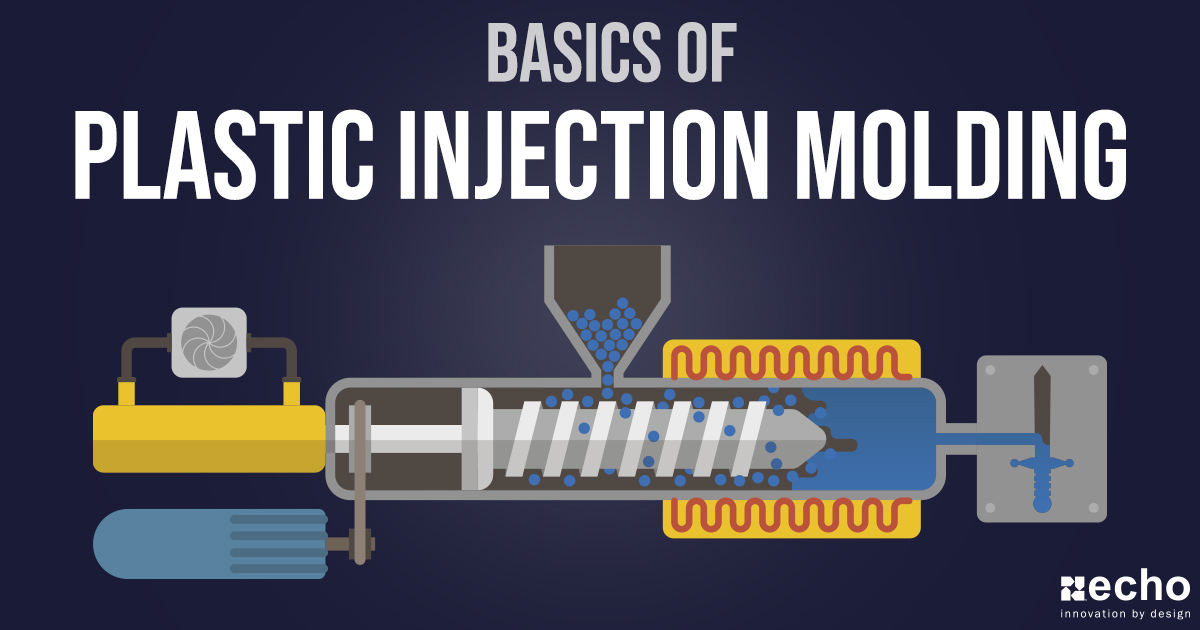4 Easy Facts About Manufacturing Describeds
Wiki Article
Things about Manufacturing
Table of ContentsWhat Does Plastic Manufacturing Mean?Things about OemWhat Does Die Casting Mean?Manufacturing Can Be Fun For AnyoneSome Known Details About Lean Production Rumored Buzz on Lean Manufacturing
The message on this web page is an example from our complete White Paper 'Injection Moulding for Purchasers' - * Sample text * - for full overview click the download button above! Introduction This guide is meant for people that are seeking to source plastic mouldings. It gives a much required understanding into all that is involved with producing plastic parts, from the mould tool required to the moulding procedure itself.If you wish to discover better, the overview covers kinds of mould devices, in addition to special completing procedures such as colours & plating. Words that are highlighted can be discovered in the glossary in the appendix ... Part I: Moulding: The Basics The Benefits of Injection Moulding Plastic injection moulding is an extremely specific procedure that offers a number of benefits over various other plastic processing approaches.
Accuracy is perfect for extremely detailed parts. You can hold this moulding in the palm of your hand as well as it has bosses, ribs, steel inserts, side cores as well as holes, made with a gliding closed off feature in the mould device.
The Of Manufacturing Industries


from product feed & melting; product shot; cooling down time and ejection to the re-closing of the mould tool prepared for the next cycle. Draft angles - The walls of a moulded component should be somewhat tapered in the instructions in which the part is expelled from the mould device, to allow the component to be ejected quickly.
samsung foundry Ejector stroke - The pressing out of ejector pins to eject the moulded component from the mould device. Ejector stroke speed, length and timing needs to be meticulously managed to stop damage to the ejectors and mould tool, but at the very same time make the moulding cycle as short as feasible.

The Ultimate Guide To Additive Manufacturing
Ribs - When a plastic component has thin wall surfaces, ribs are contributed to the style to make the slim walls stronger Side cores - Side action which produces a feature on a moulded part, web link at an opposing angle to the normal opening instructions of the mould tool. mfg. The side core needs to be able to retract as the plastic component can not be ejected otherwise.
Wall surfaces - The sides of a moulded component The text on this page is a sample from our complete White Paper 'Injection Moulding for Buyers'.
Production procedure for creating components by injecting liquified material into a mould, or mold and mildew Simplified diagram of the process Shot moulding (united state spelling: shot molding) is a manufacturing process for producing parts by infusing molten material into a mould, or mold and mildew. Shot moulding can be carried out with a host of products generally including metals (for which the process is called die-casting), glasses, elastomers, confections, and most frequently polycarbonate and thermosetting polymers. Shot moulding is commonly used for producing a selection of parts, from the smallest elements to entire body panels of automobiles. Shot moulding makes use of a special-purpose equipment that has three components: the injection device, the mould and also the clamp.
Little Known Facts About Additive Manufacturing.
Refine attributes [modify] Shot moulding utilizes a ram or screw-type plunger to compel liquified plastic or rubber product into a mould cavity; this strengthens into a form that has adapted the shape of the mould. It is most frequently made use of he has a good point to refine both thermoplastic as well as thermosetting polymers, with the volume used of the former being significantly higher.: 13 Thermoplastics are common because of features that make them extremely ideal for injection moulding, such as convenience of recycling, flexibility for a variety of applications,: 89 and also ability to soften and also move on heating.In several dental caries moulds, each cavity can be similar as well as develop the same components or can be distinct and also develop numerous different geometries throughout a solitary cycle.
When enough product has collected, the material is forced at high stress and velocity right into the component forming dental caries. The precise quantity of shrinking is a function of the resin being made use of, as well as can be fairly foreseeable. To stop spikes in stress, the procedure generally uses a transfer placement matching to a 9598% complete tooth cavity where the screw shifts from a consistent rate to a constant pressure control.
Not known Facts About Lean Manufacturing
When the screw reaches the transfer setting the packaging pressure is used, which completes mould dental filling and makes up for thermal shrinking, which is fairly high for thermoplastics about several other products. The packaging pressure is used till eviction (tooth cavity entrance) strengthens. Due to its tiny size, the entrance is typically the initial place to solidify through its whole thickness.: 16 Once eviction strengthens, no even more product can go into the cavity; accordingly, the screw reciprocates and acquires material for the following cycle while the product within the mould cools down to make sure that it can be expelled and also be dimensionally steady.Report this wiki page